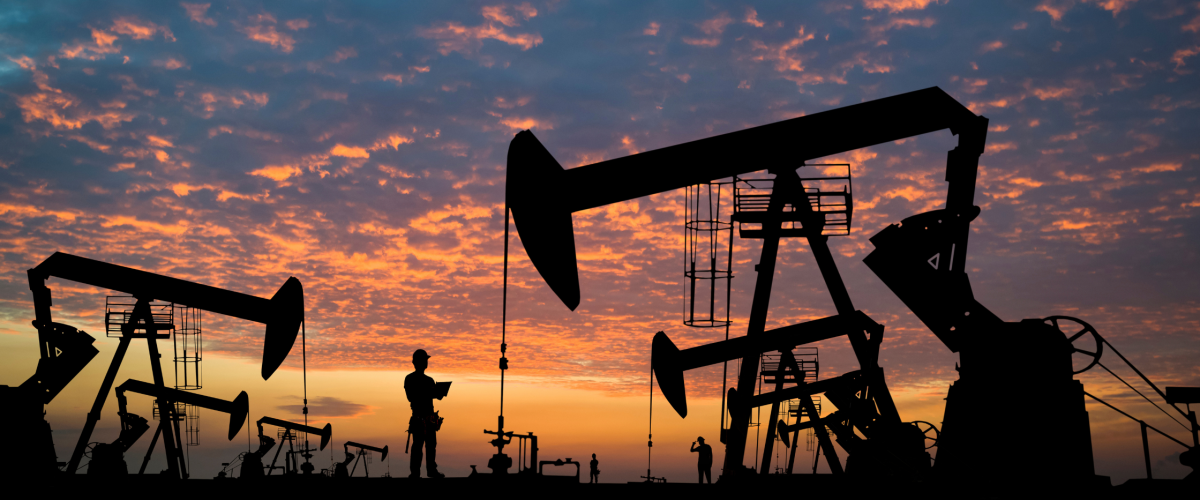Enhanced Oil Recovery (EOR) techniques are crucial for maximizing the extraction of oil from reservoirs, particularly as easily accessible oil reserves dwindle.
EOR methods are designed to extract oil that cannot be retrieved through primary and secondary recovery methods. These advanced techniques play a significant role in extending the life of oil fields and increasing the total recoverable oil.
Understanding Enhanced Oil Recovery
- Primary Recovery
- Natural Drive Mechanisms: Uses natural pressure in the reservoir to push oil to the surface.
- Recovery Rate: Typically recovers about 10-20% of the original oil in place (OOIP).
- Secondary Recovery
- Water and Gas Injection: Involves injecting water or gas to maintain reservoir pressure and displace oil.
- Recovery Rate: Can increase recovery to 20-40% of OOIP.
- Enhanced Oil Recovery (EOR)
- Definition: EOR techniques involve injecting substances into the reservoir to alter the properties of the oil and improve its flow.
- Recovery Rate: Can increase recovery to 30-60% or more of OOIP.
Types of EOR Techniques
- Thermal EOR
- Steam Injection
- Steam Flooding: Continuous injection of steam to heat the oil, reduce its viscosity, and improve flow.
- Cyclic Steam Stimulation (CSS): Steam is injected in cycles, followed by a soaking period and then oil production.
- Steam-Assisted Gravity Drainage (SAGD): Two horizontal wells are used; steam is injected into the upper well to heat the oil, which then drains into the lower production well.
- Combustion-Based Methods
- In-Situ Combustion (ISC): Part of the oil is ignited within the reservoir to generate heat and reduce oil viscosity.
- Steam Injection
- Chemical EOR
- Polymer Flooding
- Description: Involves injecting polymer solutions to increase water viscosity and improve the sweep efficiency of the water flood.
- Benefits: Enhances oil displacement and reduces water channeling.
- Surfactant-Polymer Flooding
- Description: Surfactants reduce interfacial tension between oil and water, while polymers improve mobility control.
- Benefits: Facilitates the release of trapped oil droplets.
- Alkaline-Surfactant-Polymer (ASP) Flooding
- Description: Combination of alkali, surfactant, and polymer to improve oil recovery by reducing interfacial tension, mobilizing oil, and controlling mobility.
- Benefits: Effective in heterogeneous reservoirs.
- Polymer Flooding
- Gas Injection EOR
- Miscible Gas Injection
- Carbon Dioxide (CO2) Injection: CO2 is injected into the reservoir, where it mixes with the oil, reducing its viscosity and swelling it to improve flow.
- Hydrocarbon Gas Injection: Natural gas or nitrogen is used to mix with the oil and improve recovery.
- Immiscible Gas Injection
- Description: Gases like nitrogen or flue gas are injected to displace oil without mixing with it.
- Benefits: Maintains reservoir pressure and improves sweep efficiency.
- Miscible Gas Injection
- Microbial EOR (MEOR)
- Description: Utilizes microorganisms to alter the properties of oil and improve recovery.
- Mechanisms: Microorganisms can produce biosurfactants, gases, or acids that help in reducing oil viscosity and enhancing flow.
Implementation and Challenges
- Reservoir Characteristics
- Reservoir Heterogeneity: Variations in rock and fluid properties can affect the success of EOR techniques.
- Depth and Temperature: Deep reservoirs and high temperatures may limit the applicability of certain EOR methods.
- Economic Considerations
- Cost of Implementation: EOR projects can be capital-intensive, requiring substantial investment.
- Oil Prices: The viability of EOR projects is influenced by oil market prices.
- Technical Challenges
- Injection Well Design: Proper design and placement of injection wells are critical for effective EOR.
- Chemical Compatibility: Ensuring the compatibility of injected chemicals with reservoir fluids and rocks.
- Environmental Concerns
- Greenhouse Gas Emissions: Some EOR techniques, particularly those involving CO2 injection, can help in carbon sequestration.
- Water Usage: Managing water resources and handling produced water are important considerations.
Case Studies and Success Stories
- Duri Field, Indonesia (Thermal EOR)
- Technique: Steam Flooding.
- Outcome: One of the largest steam flooding projects globally, significantly increasing oil recovery.
- Weyburn Field, Canada (Gas Injection EOR)
- Technique: CO2 Injection.
- Outcome: Increased oil recovery while storing CO2, contributing to carbon sequestration efforts.
- Samatlor Field, Russia (Chemical EOR)
- Technique: Polymer Flooding.
- Outcome: Successful implementation resulted in improved oil production rates.
Future Prospects and Innovations
- Advanced Materials and Nanotechnology
- Nanofluids: Use of nanoparticles to improve oil recovery by altering wettability and reducing interfacial tension.
- Smart Polymers: Development of polymers that respond to reservoir conditions to enhance EOR efficiency.
- Digital and Data-Driven EOR
- Reservoir Simulation: Advanced modeling and simulation techniques to optimize EOR strategies.
- Real-Time Monitoring: Use of sensors and data analytics for real-time monitoring and adjustment of EOR processes.
- Hybrid EOR Techniques
- Combination Methods: Integrating multiple EOR techniques to enhance recovery in complex reservoirs.
- Sequential EOR: Sequential application of different EOR methods to maximize oil recovery.
Enhanced Oil Recovery techniques are essential for maximizing the potential of oil reservoirs, especially as conventional recovery methods become less effective.
By leveraging thermal, chemical, gas injection, and microbial techniques, the oil industry can significantly increase the amount of recoverable oil.
Despite challenges, continued innovation and strategic implementation of EOR methods will play a critical role in meeting global energy demands and extending the life of oil fields.
Read more on Sparkview Energy:
Cathodic Protection Systems in Oil and Gas Pipelines: Preventing Corrosion
The Role of Oil and Gas in Geopolitical Conflicts
Key Components of Oil Rigs: Understanding the Rig Structure and Operations

